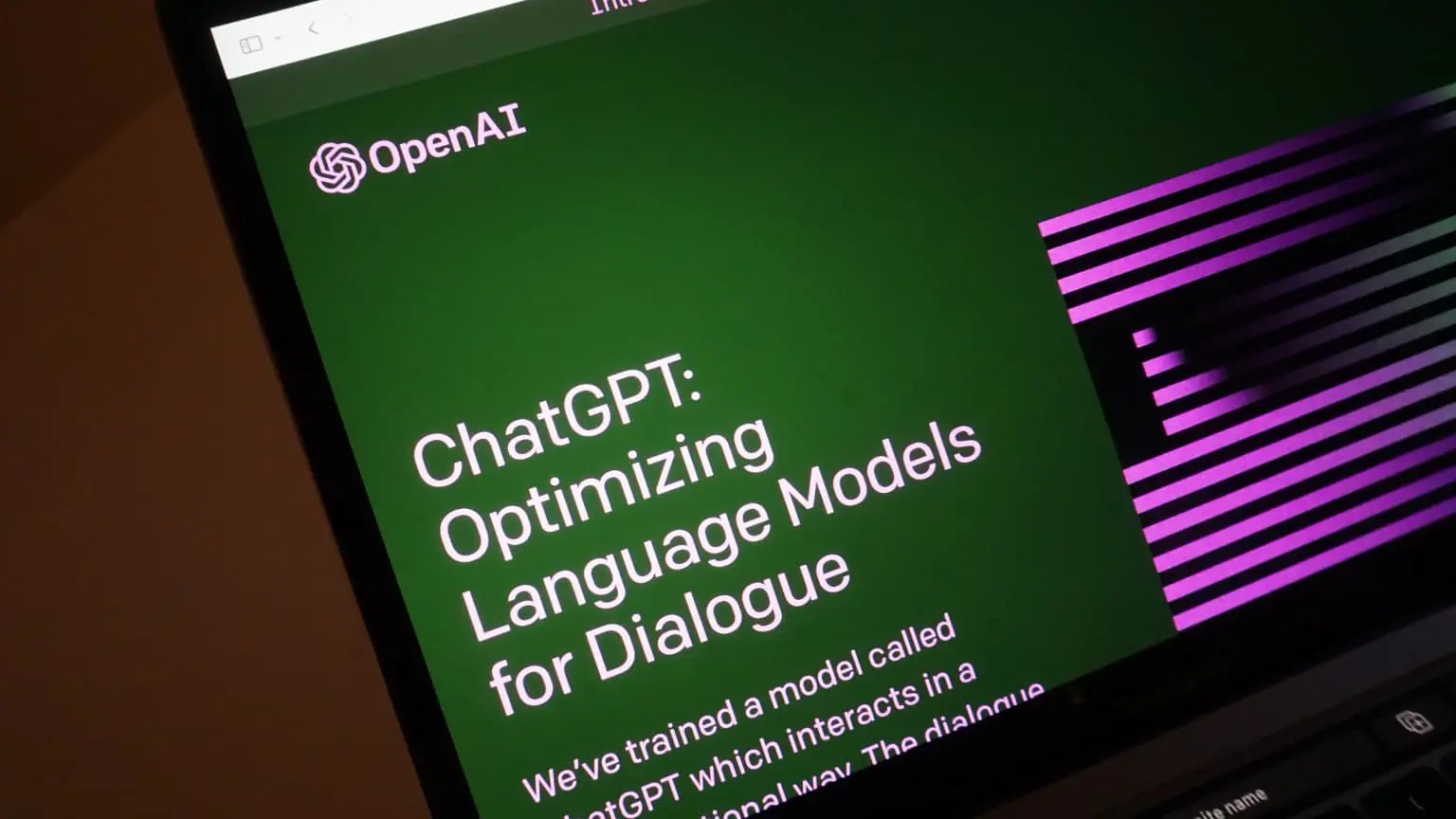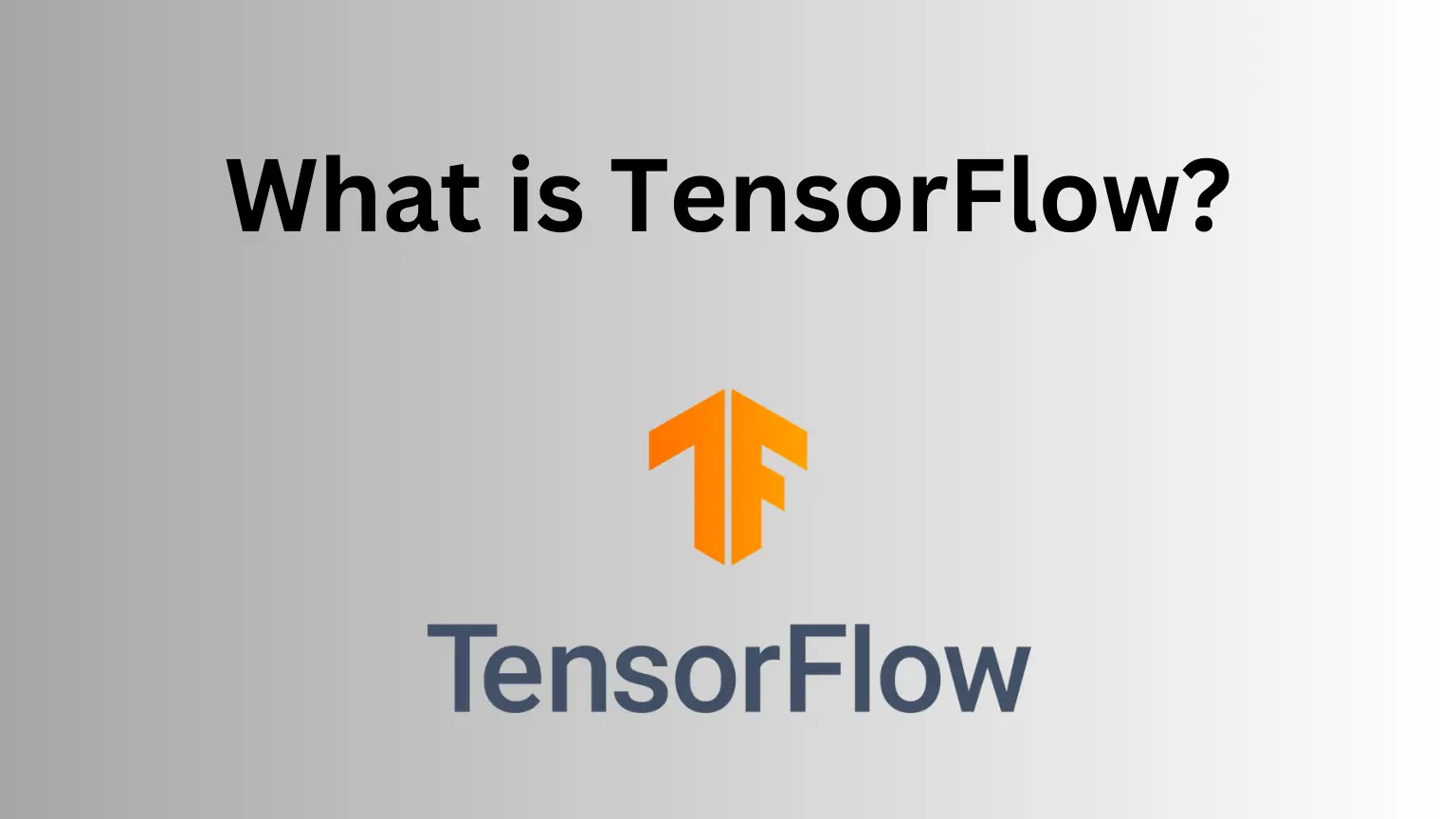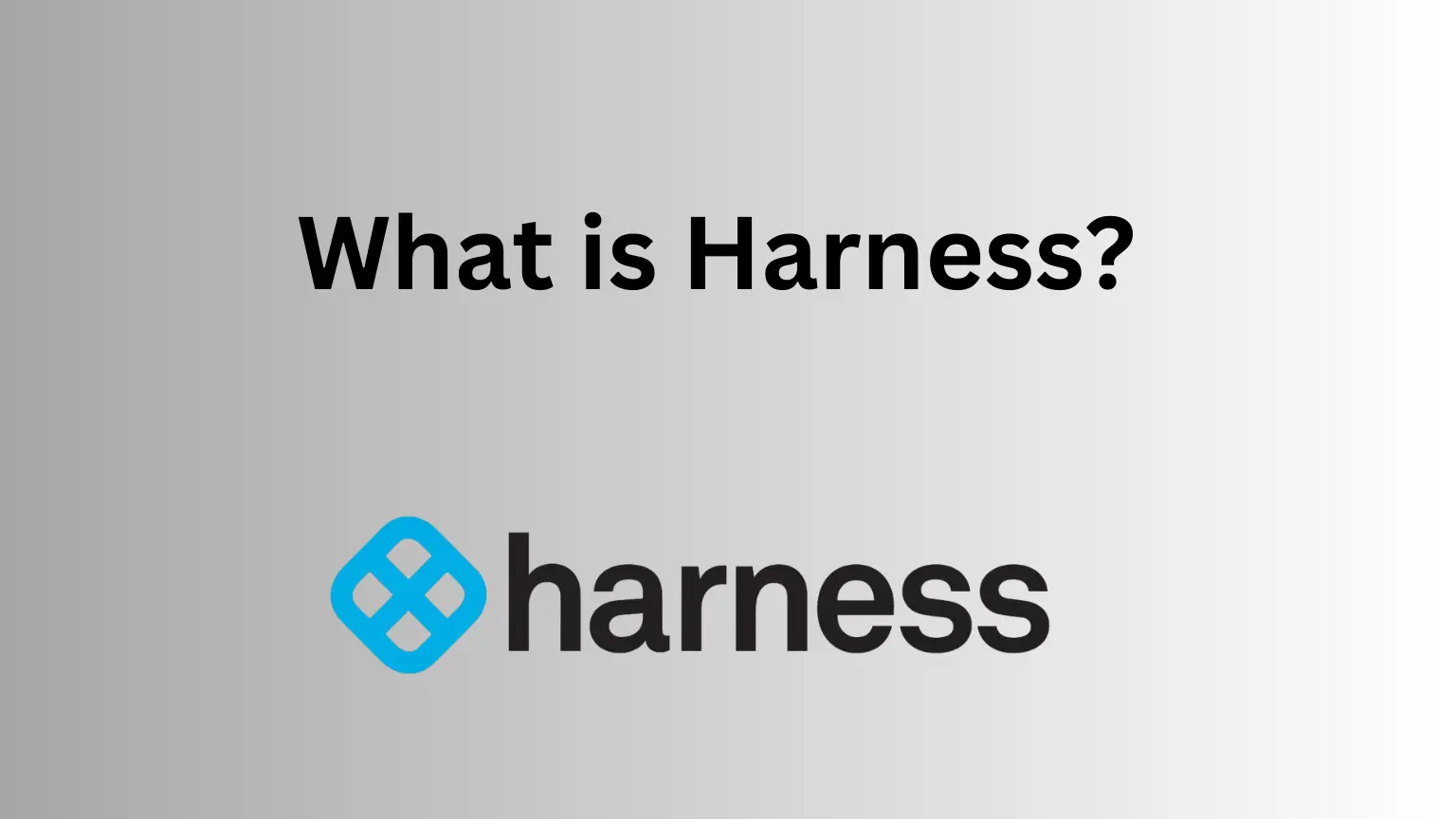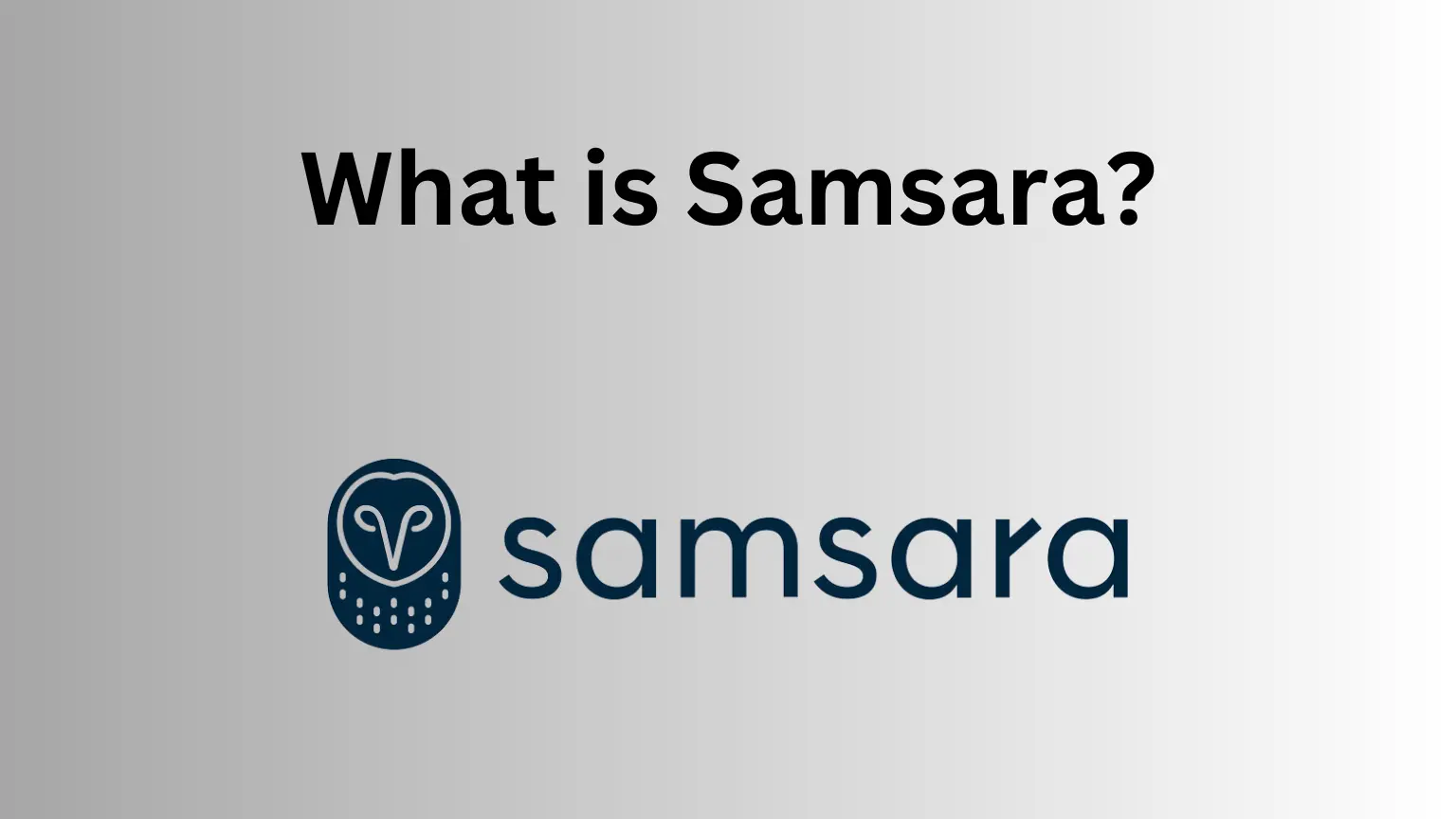We’ve witnessed the profound impact of sentiment analysis on shaping business trajectories. Understanding customer sentiment isn’t just advantageous—it’s imperative in today’s hyper-connected era. With myriad models at our disposal, pinpointing the ‘best’ can be the difference between merely hearing and truly understanding your audience.
This blog post will guide you towards the finest sentiment analysis models poised to elevate your customer experience to unprecedented heights. So, gear up for a deep dive into the transformative realm of sentiment analysis. And let’s decode emotions, together!
Multiplied Productivity: How AI is Transforming the Future
Understanding Sentiment Analysis
Sentiment analysis (also known as opinion mining) aims to extract subjective information from text. It tries to determine whether the sentiment expressed is positive, negative, or neutral. It also provides more nuanced insight, determining the intensity of the sentiment or detecting more complex emotions.
Best Language Model for Sentiment Analysis
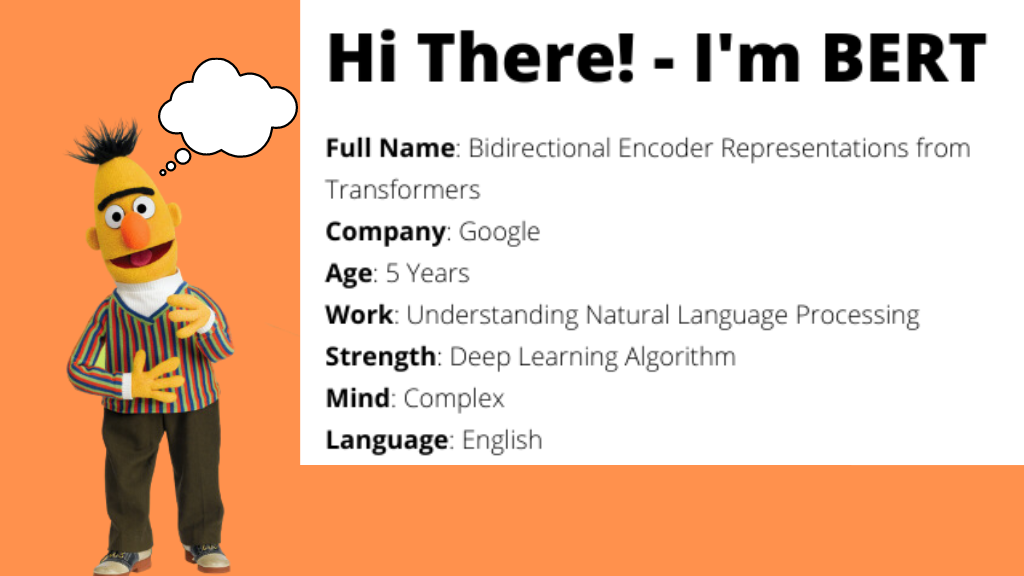
Several language models have been effectively used for sentiment analysis. Among the most successful is BERT (Bidirectional Encoder Representations from Transformers), a pre-trained model. BERT is developed by Google and has a unique architecture. It has the ability to understand the context from both directions (left and right of a word). This is the unique feature that makes BERT an exceptionally powerful modell for sentiment analysis.
What Are Transformers in AI? | Large Language Models (ChatGPT) Explained
Sentiment Analysis and Deep Learning
Deep Learning has revolutionized the field of sentiment analysis. Models such as Long Short-Term Memory (LSTM) and Convolutional Neural Networks (CNN) have delivered impressive results.
LSTM: As a variant of Recurrent Neural Networks (RNN), LSTM is excellent at learning from sequences of data. This makes it suitable for sentiment analysis tasks where the sentiment expressed can depend on the sequence of words.
CNN: Originally designed for image processing, CNNs have also proven their worth in sentiment analysis. CNNs are good at detecting local patterns or features in data, such as words or phrases indicating sentiment in a text.
The Emergence of Transformer Models
Transformers, including models like BERT, GPT (Generative Pretrained Transformer), and RoBERTa, have quickly become the go-to models. They are often commonly used for many NLP tasks, including sentiment analysis. They leverage self-attention mechanisms and overcome the shortcomings of RNNs. For example, they are useful for difficulty handling long sequences, leading to improved accuracy.
BERT for Sentiment Analysis
BERT stands out due to its bidirectional nature. This is a model which can understand the context of a word based on all the other words in the sentence. This bidirectionality results in a nuanced understanding of the text, leading to highly accurate sentiment analysis.
VADER Sentiment Analysis
VADER (Valence Aware Dictionary and sEntiment Reasoner) is a lexicon-based sentiment analysis model. It’s specifically designed for social media sentiment analysis and works well with texts that contain slang. Its uniqueness lies in its ability to work with emoticons. VADER, although simpler than deep learning models, offers high speed and reasonable accuracy for specific use cases.
Pre-Trained Sentiment Analysis Models
Pre-trained models like BERT, RoBERTa, and DistilBERT have been trained on massive datasets. This has helped them learn a broad understanding of language in the process. They can be fine-tuned for specific tasks like sentiment analysis, significantly reducing training time and computational resources.
Model Accuracy in Sentiment Analysis
The “best” model often boils down to the one that provides the highest accuracy for your specific task. Transformer models like BERT often achieve the highest accuracy rates on benchmark sentiment analysis tasks.
However, accuracy depends on various factors and cannot be determined based on one aspect. Other factors include the quality of your data, the complexity of the sentiment you’re trying to detect. It also depends on how well the model has been fine-tuned for the task.
The Latest Models for Sentiment Analysis
The latest models for sentiment analysis continue to evolve, with transformers leading the way. XLNet, a transformer model that outperforms BERT on several benchmarks. It is leveraging the best of both autoregressive and autoencoding methodologies to achieve excellent results. Another recent model is ALBERT (A Lite BERT), which is an optimized version of BERT. This is a model that delivers comparable performance but is much smaller and faster.
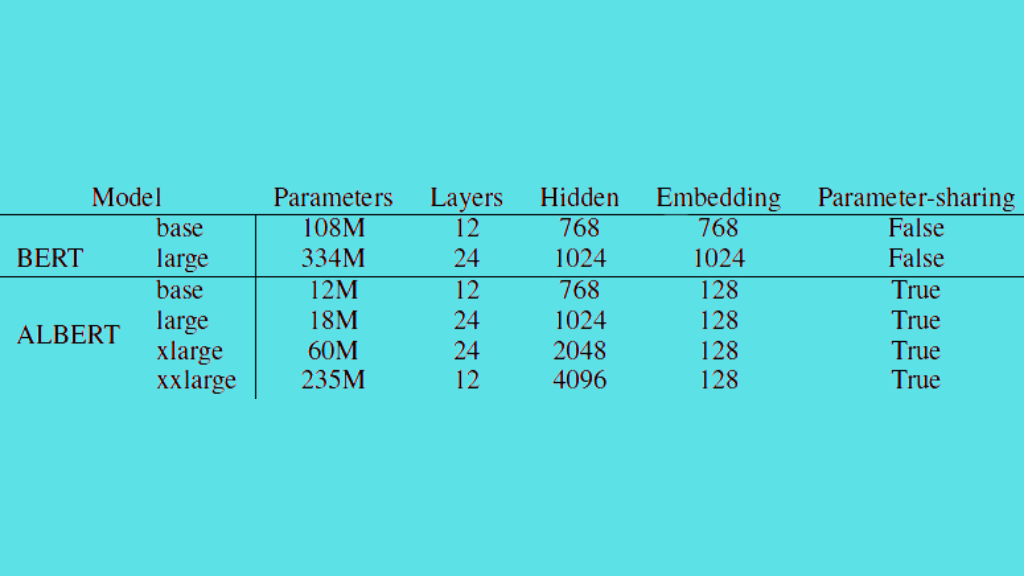
In recent years, pre-trained models have also proven to be game-changers. They are offering high accuracy levels without the need for massive computational resources. However, as the field of sentiment analysis continues to evolve, so too will the models. The key is to stay updated with the latest advancements and understand the capabilities and limitations of each model to choose the one that best suits your needs.
Conclusion
In sentiment analysis, there is no one-size-fits-all model. The choice of the model depends on your specific requirements, including the nature of the data and the resources available. Also, you must not ignore the complexity of the sentiments you’re trying to analyze. Models like BERT, LSTM, and VADER all have their strengths and are the best choice under the right circumstances.


